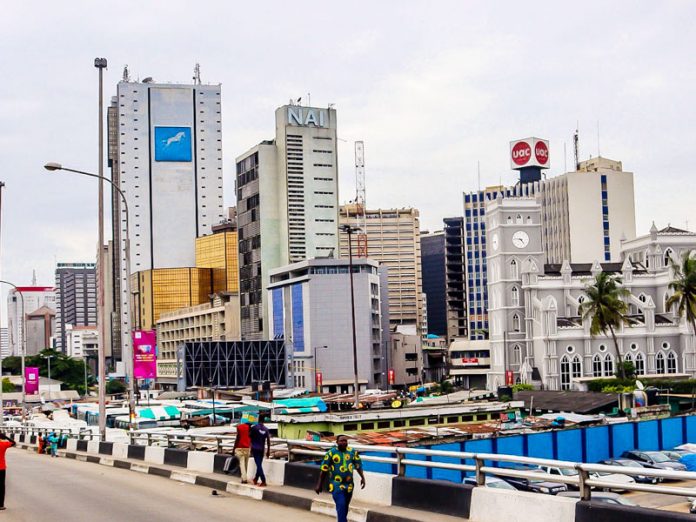 Sunday Ehigiator
Sunday Ehigiator
Experts at the recently held impact
investment symposium, organised by Impact Investors Foundation (IIF) in
Lagos, have suggested blended financing as a tool in addressing several
impactful social and
infrastructural deficiencies in Nigeria.
In his welcome address at the event, the
Executive Director, Africa Capital Alliance and Chairman, IIF, Engr.
Afolabi Oladele said blended finance would enhance the building of the
ecosystem for successful impact investing in Nigeria.
According to him, “To achieve the United
Nations (UN) 17 Sustainable Development Goal (SDGs), a significant
scale-up of investment from diverse sources is required.
“The UN estimated that the annual
funding needed to achieve the SDGs by 2030 is about $4 trillion, much
greater than the current aggregate SDG focused funding of $1.5 trillion
from domestic and international sources. The $2.5 trillion gap dwarfs
official development flows and philanthropic commitments, which is
currently $350 billion by over five folds.
“In Nigeria, the estimate by UNESCO puts
the financial requirement to achieve SDG 4 alone, which deals with
equitable quality education for children, at about 434 billion per annum
between 2015 and 2030.
“Nigeria’s total federal budget for 2018
is $29.9 billion, with education accounting for only seven per cent of
this amount. Sub-national governments have even smaller resources at
their disposal to fund their budgets.”
Continuing, he said: “This implies that,
if public resources are solely depended on for implementing quality
education goal, then Nigeria already faces an annual financial gap of
over $32 billion, which is more than its annual budget. It therefore
means that to achieve the SDGs in Nigeria, a significant scale-up of
investment is required and the involvement of the private sector is
critical.
“Blended finance is the strategic use of
catalytic capital from public and philanthropic sources to mobilise
additional private sector investment. It has been presented as an
important approach in engaging the private sector for financing the gap
in SDGs funding.”
In her keynote address, the
President/CEO, Calvert Capital, Washington Dc, Jennifer Pryce said, “If
you Goggle the totality of the capital market, it is $270 trillion. To
move that money into the community is the goal. How do we do that? What
we have seen is, there exist two level of intermediation that helps
money move out of the capital markets into the communities.
“There is a certain group called
‘Capital Raising Intermediaries’; they solve what investors need.
Investors needs around liquidity, around rescue returns, around volume,
and diversification.
“And there is Capital Deployment
Intermediaries. These are non-profit organisations or intermediaries
that are working close to communities that are sourcing for capital
moves, customising capital needs for the market that they are investing
in. They provide technical assistance ensuring that those communities,
those projects are ready for capital.
“What we observed is that, for both
level of intermediation to successfully unlock the private capital of
$270 trillion I mentioned earlier, sitting in the capital market and get
it to the communities, there are strategies, and one of them is blended
finance.
“Blended finance is simply taking all the capital generally provided
by philanthropy or public resources, or development financial
institutions, and using that money to bring the private sector to the
table, to bring in the capital money, and investing it into something
different.”



No comments :
Post a Comment